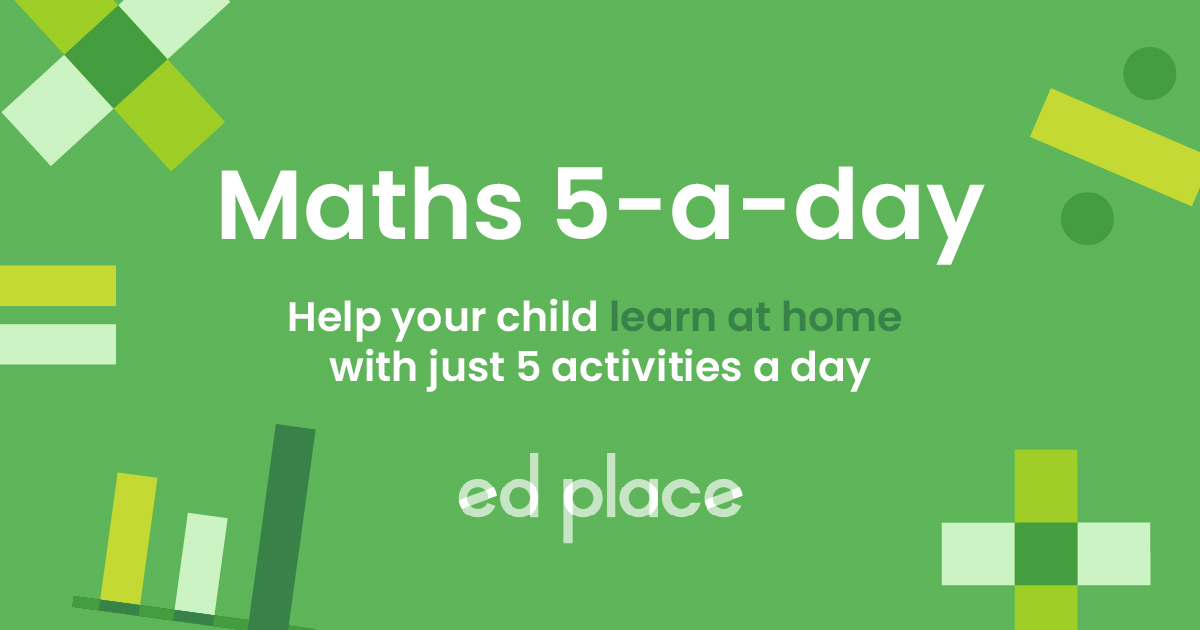
EdPlace's GCSE home learning maths lesson: Bearings
Looking for short lessons to keep your child engaged and learning? Our experienced team of teachers have created English, maths and science lessons for the home, so your child can learn no matter where they are. And, as all activities are self-marked, you really can encourage your child to be an independent learner.
Get them started on the lesson below and then jump into our teacher-created activities to practice what they've learnt. We've recommended five to ensure they feel secure in their knowledge - 5-a-day helps keeps the learning loss at bay (or so we think!).
Are they keen to start practising straight away? Head to the bottom of the page to find the activities.
Now...onto the lesson!
What's It All About?
How many times have you said to your child, that you need to find a particular shop/landmark in an unfamiliar place? How often do you get frustrated at not being given the correct directions when you ask someone? After watching your frustration for a few minutes your child calmly gets out their phone, calls a map up and before you know it you are being guided by them and have found your bearings. Technology is a wonderful thing isn’t it, particularly when you ask someone younger!!
Using bearings is a mathematical skill that is overlooked by many people, unless they are keen mountaineers, airline pilots or ships captains. Although technology is a major part of them mapping bearings the old fashioned way is still necessary. This is also the case for enhancing mathematical skills in school.
1) Know how to write a bearing
2) Calculate bearings
3) Apply knowledge of angle properties
Where to Start?
To get started it is important that your child knows what the definition of a bearing.
A bearing is a direction relative to a fixed point. This is what is often overlooked and leads to confusion.
Important things to remember:
- Bearings are always measured from the north.
- Bearings are always measured in a clockwise direction
- Bearings are always written as three figures.
- Knowledge of other angle properties will be required.
- Take care to read from where the bearing is being taken.
Step 1 - Measure Bearings
Get your child to measure some simple bearings. This will also help with your child’s use of a protractor, something which many tend to shy away from.
Step 2 - Recalling Basic Angle Facts
Once your child is comfortable drawing bearings, lead them onto getting them to recall other angle properties.
Step 3 - Recalling Further Angle Properties
Step 4 - Putting it into Practice
1. How many figures does a bearing have?
2. Which direction are bearings measured in?
3. When calculating bearings what is useful to do on the diagrams?
4. What other angle properties can help when trying to calculate bearings?
5. What do you call a map guide to Alcatraz?
Top Tip: remind your child that when calculating bearings they are just combining skills they already have. Such as measuring correctly and knowing angle facts. When things are broken down like this mathematics is not quite so daunting.
Step 5 - Give it a go...
Why not test your child's understanding and see if they can tackle these activities?
All activities are created by teachers and automatically marked. Plus, with an EdPlace subscription, we can automatically progress your child at a level that's right for them. Sending you progress reports along the way so you can track and measure progress, together - brilliant!
Activity 1 - Understand and read bearings
Activity 2 - Measure and read bearings
Activity 3 - Recognise alternate angles
Activity 4 - Calculate interior and supplementary angles
Activity 5 - Identify vertically opposite angles
Answers
1. Three.
2. Clockwise.
3. Draw in the north line.
4. The values of angles on straight line, around a point and in right angles. Also the value of interior angles within parallel lines and alternate angles.
5. A con-tour map.
Keep going! Looking for more activities, different subjects or year groups?
Click the button below to view the EdPlace English, maths, science and 11+ activity library









